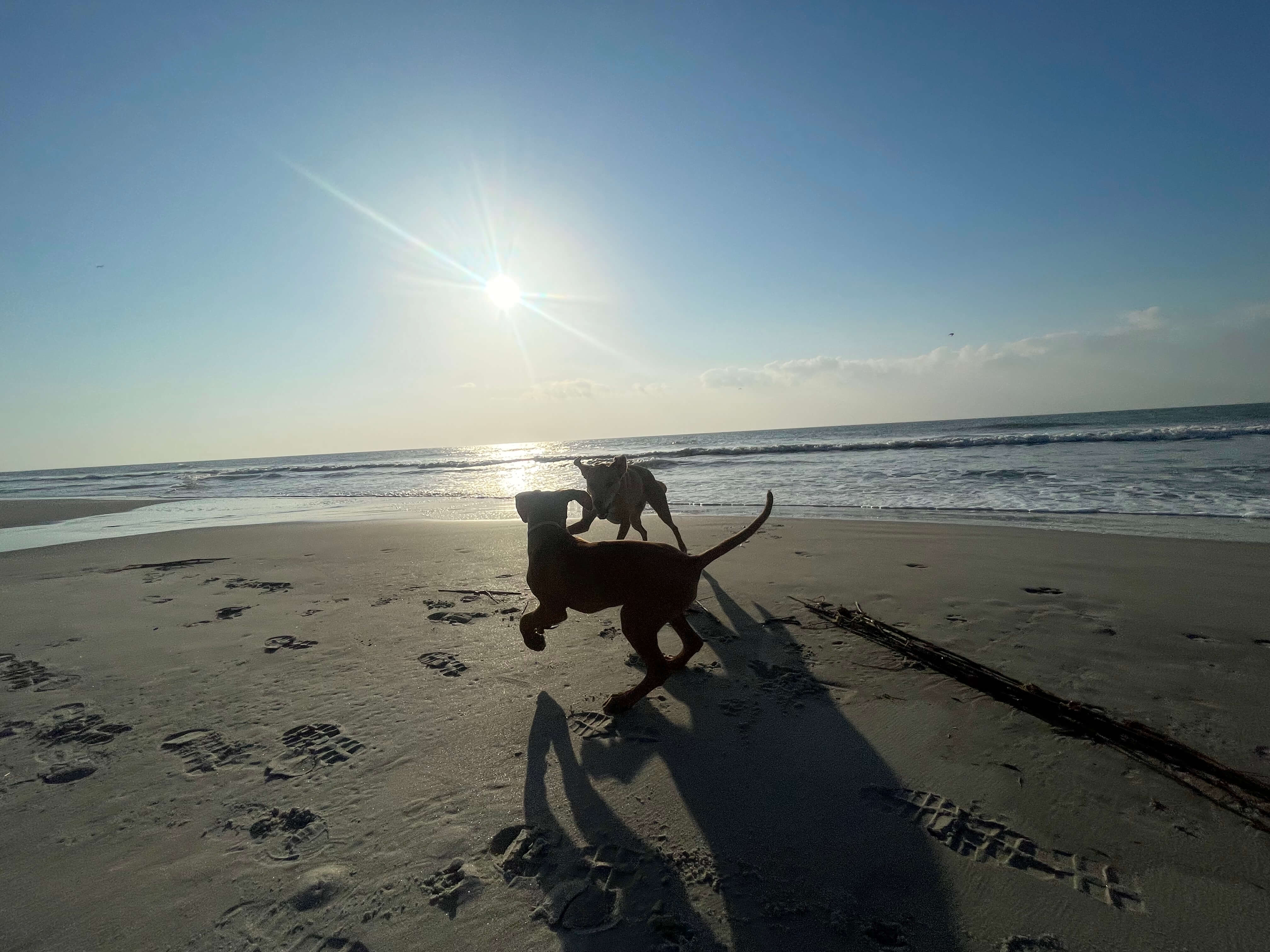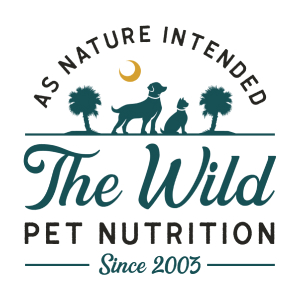Pets and Weight Management

Many pet owners are concerned about their pet’s weight. “Is my pet too fat or too thin?” “Should I be able to see ribs or feel ribs?” Since our furry loved ones rely on us as their sole source of nourishment, it’s no wonder these questions weigh (no pun intended) heavily on our minds. What is the right weight for your pet? Maybe we have all been asking the wrong questions.
What if instead of focusing on a number, or a body chart that some human determined was the way all dogs and cats should look, we focused on how our pet is living. Is your pet happy, can they move okay, are they joyful? Then we need to be far more critical about what the numbers say. It is one thing if your pet is visibly struggling with it’s size, unable to move around without pain or getting winded from average activity. However, it is a different story if we decide our pet has a weight problem simply because they don’t fall into a certain number range or look exactly like some chart says they should. Do people have a one size fits all standard? Of course not, but we do get sucked into a standard of opinions which seems to change from year to year. So why do we think this would be normal for our pets? What if we stop worrying about size and start concentrating on true health?
Let’s start by seeing calories differently. We all know our pets need a certain amount of calories to maintain a certain weight. However, what if instead of focusing on the number of calories we look at the quality of the calories? If you were to eat 2,000 calories a day in twinkies, do you think your body would react the same way it would to 2,000 calories of broccoli? There would be a big difference in how we felt and how our bodies processed those calories. We need to feed our dogs and cats what they were designed by nature to eat. If we feed our pets high quality food and treats that their body is designed to process, then their weight should take care of itself. Let’s give our furballs a break, they don’t look in the mirror and think, “I wish my waist was more defined.” They just know how they feel, and if we give them the right nutrition, they should be feeling great.
Now, if our pet is showing signs of not being able to move with ease, or not enjoying life to the fullest, and we suspect it is related to their weight then we can work from there. Here are some questions that will most likely come to mind if your pet is not functioning at an optimal level:
Should I be feeding a prescription or high fiber diet?
- No. High Fiber diets are sometimes encouraged as weight management tools, but these foods contain an unnecessary amount of fiber that dogs and cats don’t need and don’t satiate them. Wild canines and felines have no physiologic requirement for the plant fibers used in most processed pet food. A wild dog or cat’s fiber intake is less than 5% in most cases.
- Most prescription weight-loss diets are high in carbohydrates, low in fat, and low in protein, a combination that makes it difficult to lose weight and is the opposite of what they should be fed. They are designed to make a pet feel fuller faster, without providing a lot of calories or nutrients.
How can I help my pet lose weight?
- The first thing to remember is dogs and cats are carnivores and they require meat. Processed foods contain carbohydrates that our pets don’t need. Make sure you are feeding your pet a fresh, species appropriate diet like Steve’s Real Raw Food, K9 Kravings, Answers, Primal, Tucker’s or Stella & Chewy’s raw diet. The ideal weight loss diet is high in protein and moisture, and low in carbohydrates. You can also try Open Farm Freeze Dried Nuggets, Stella & Chewy’s Freeze Dried Meal Mixers or Patties, Steve’s Freeze Dried Nuggets or Primal Freeze Dried Nuggets, Open Farm Gently Cooked or Honest Kitchen Dehydrated foods to help cut down carbohydrates.
- Cut down on treats or try breaking their favorite treats in half. You can also supplement with low calorie treats such as carrots or green beans. With any food you feed, ensure that you are feeding the right amount. To prevent over feeding, measure your pet’s food and have them on a feeding schedule. Do not allow them to graze.
- And last but not least, exercise them through play! This can be done by long walks or runs, swimming and playing with toys.


